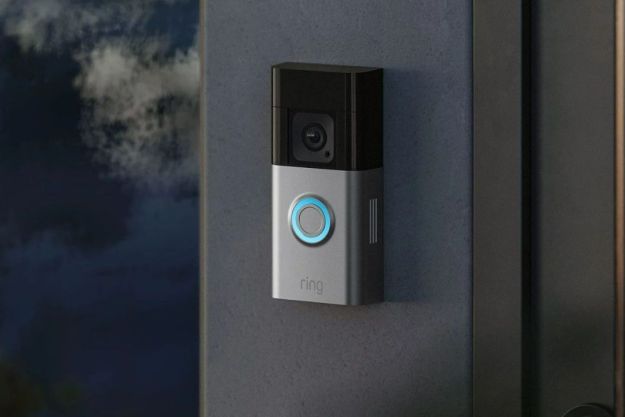With smart home security and privacy under increased scrutiny, more companies are making commitments to improved practices. Nest has released a new set of security commitments in one place: The Nest Safety Center. In the Safety Center, users can learn the details of Google’s approach to security and privacy. Google promises to be transparent about the data it collects, as well as why it collects the information.
Google also promises to never sell your personal information to anyone, as well as empowers users to review, move, or delete their data. By being provided with more control over collected data, users will be more at ease knowing their information isn’t being sold.
Google also promises to inform users if a connected device contains potential monitoring technology like cameras, microphones, and activity or environmental sensors. The sensors will be listed in the device’s technical details, as well as whether or not they’re enabled. This is likely in response to the Nest Secure debacle, when users discovered the device had a hidden microphone Google had failed to list.
Google also promises to be more clear about the kind of information these sensors provide and what the company does with that information. All of this is listed on the Nest Safety Center page.
Even more changes follow this information, though. Google revealed that all of its devices are now certified through a third-party independent company, starting with devices from 2019 and later. In addition, Google publishes the validation results so consumers can see how the devices hold up against the standards.
Google is also taking part in the Google vulnerability reward program, which rewards security researchers outside of Google for testing products and reporting any security flaws they find. The monetary reward encourages researchers to find problems so that Google can get ahead of any vulnerabilities.
Google will also issue critical patches and bug fixes for at least five years after the launch of a product. Combined with better visibility as to which devices are connected to your account, Google’s new commitments to privacy and security provide users with more control of their data than ever before.
Editors' Recommendations
- Ring is launching its first integrated pan-tilt security camera later this year
- Home Depot’s Hubspace is a great way to start building your smart home
- Google rolls out new Nest Cam features to Google Home for web
- How to use the Google Home app on a computer
- Ring Stick Up Cam Pro vs. Canary Pro: Which is the better security camera?



